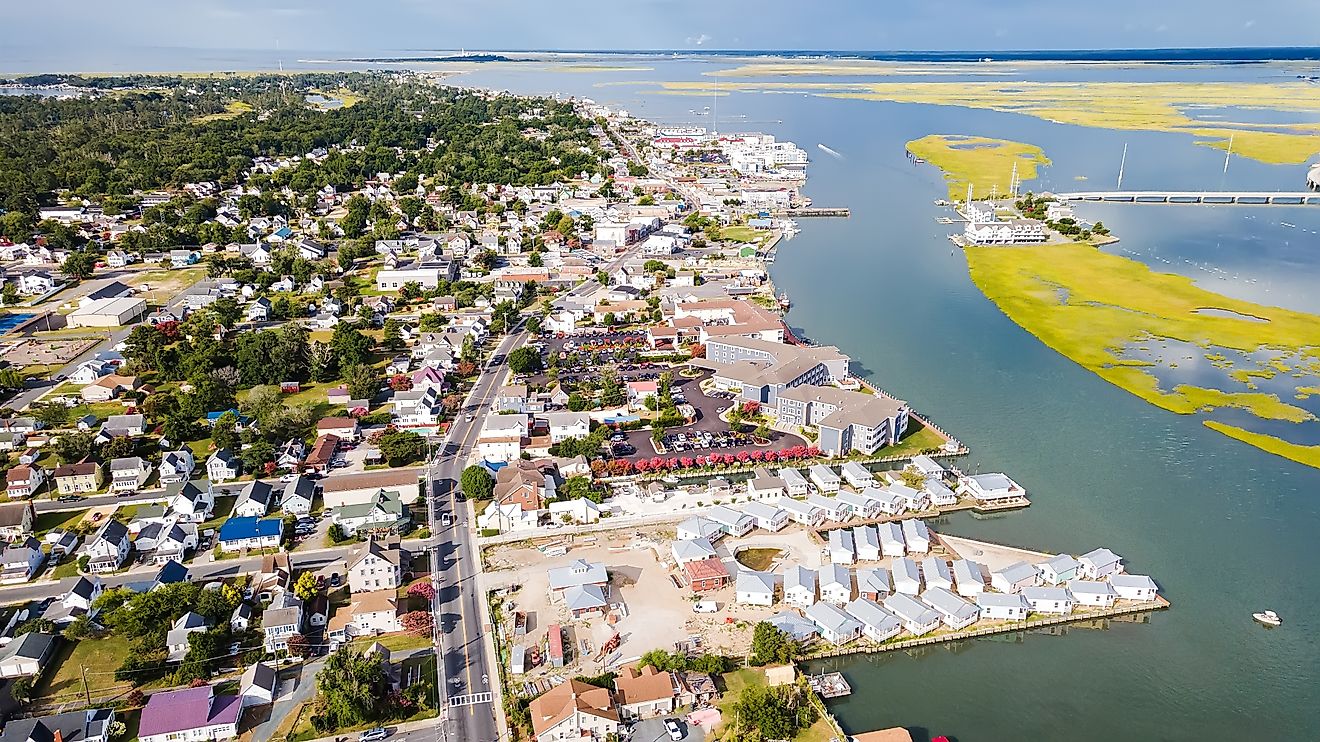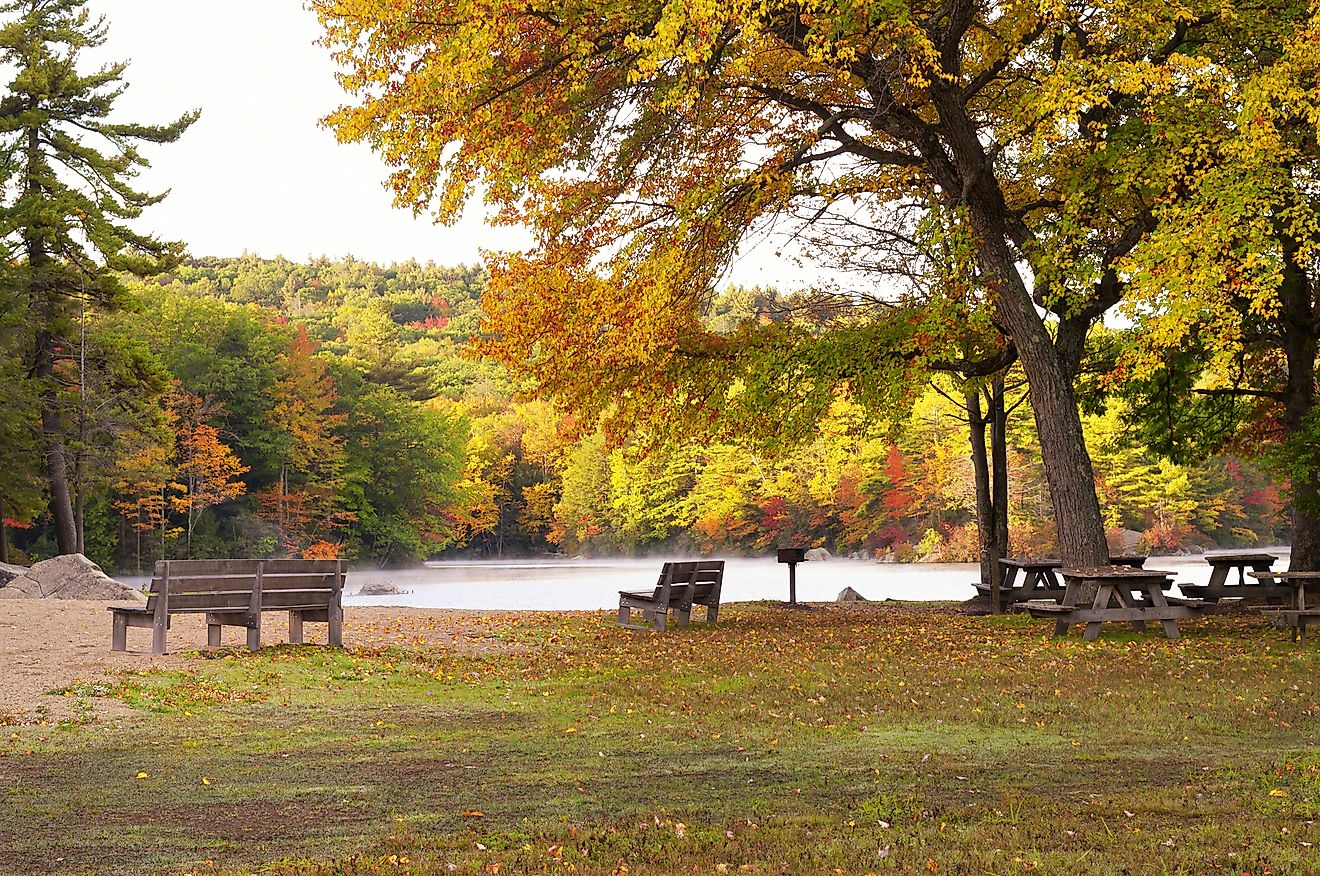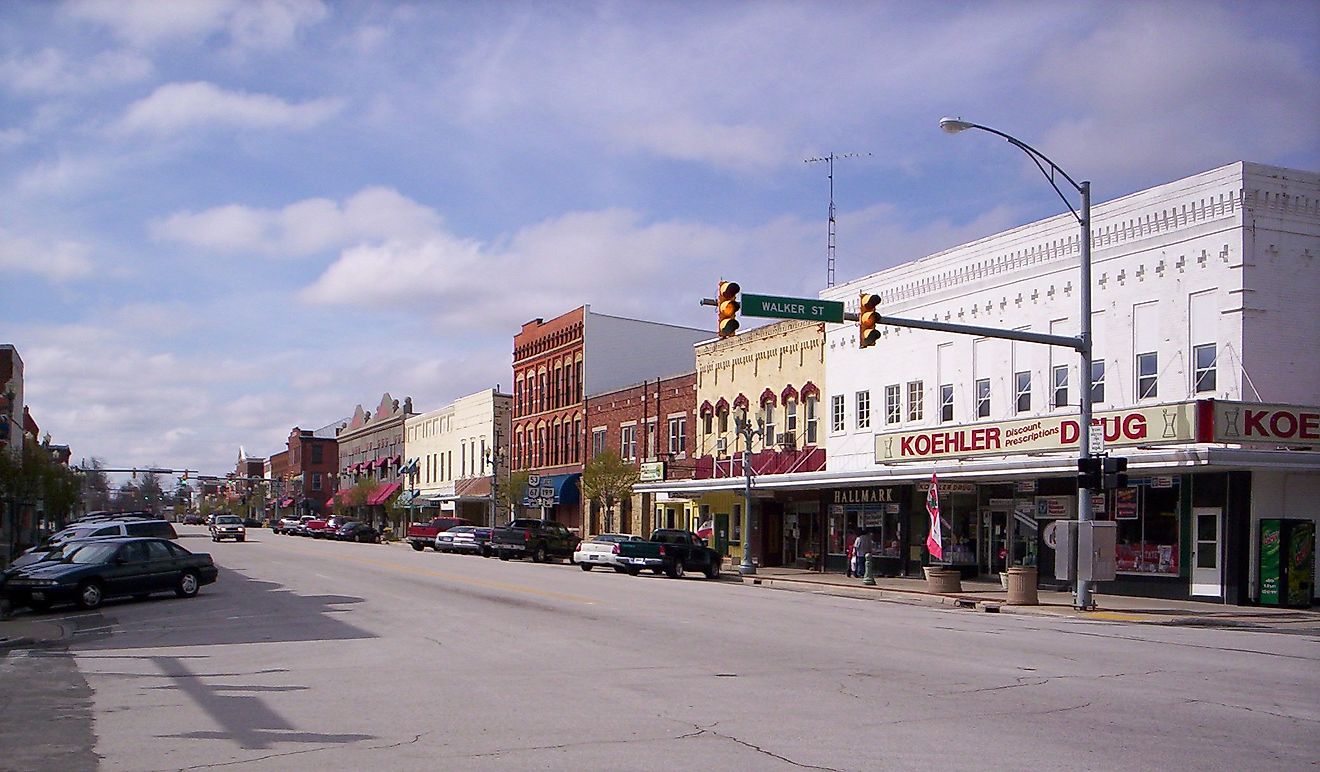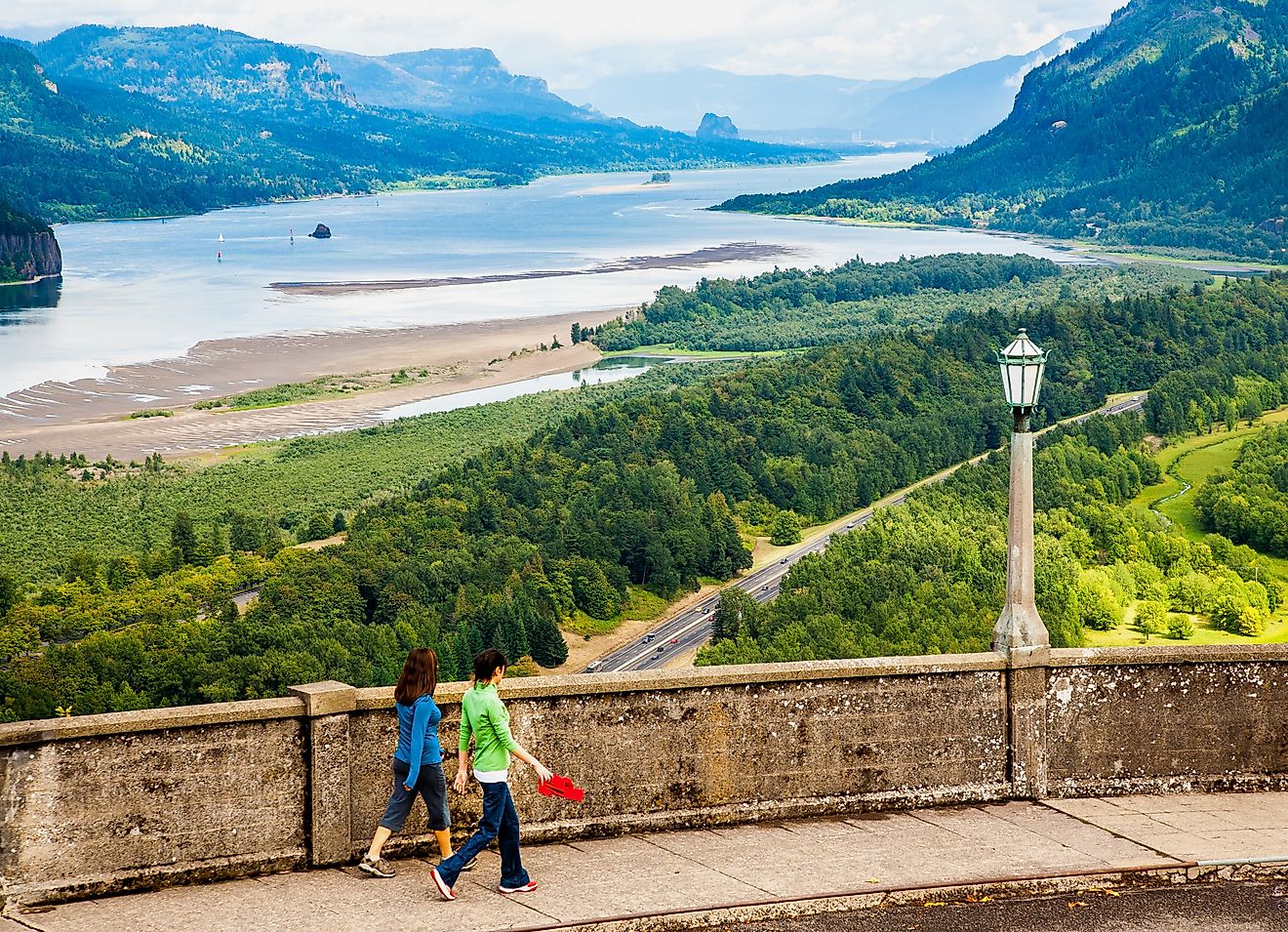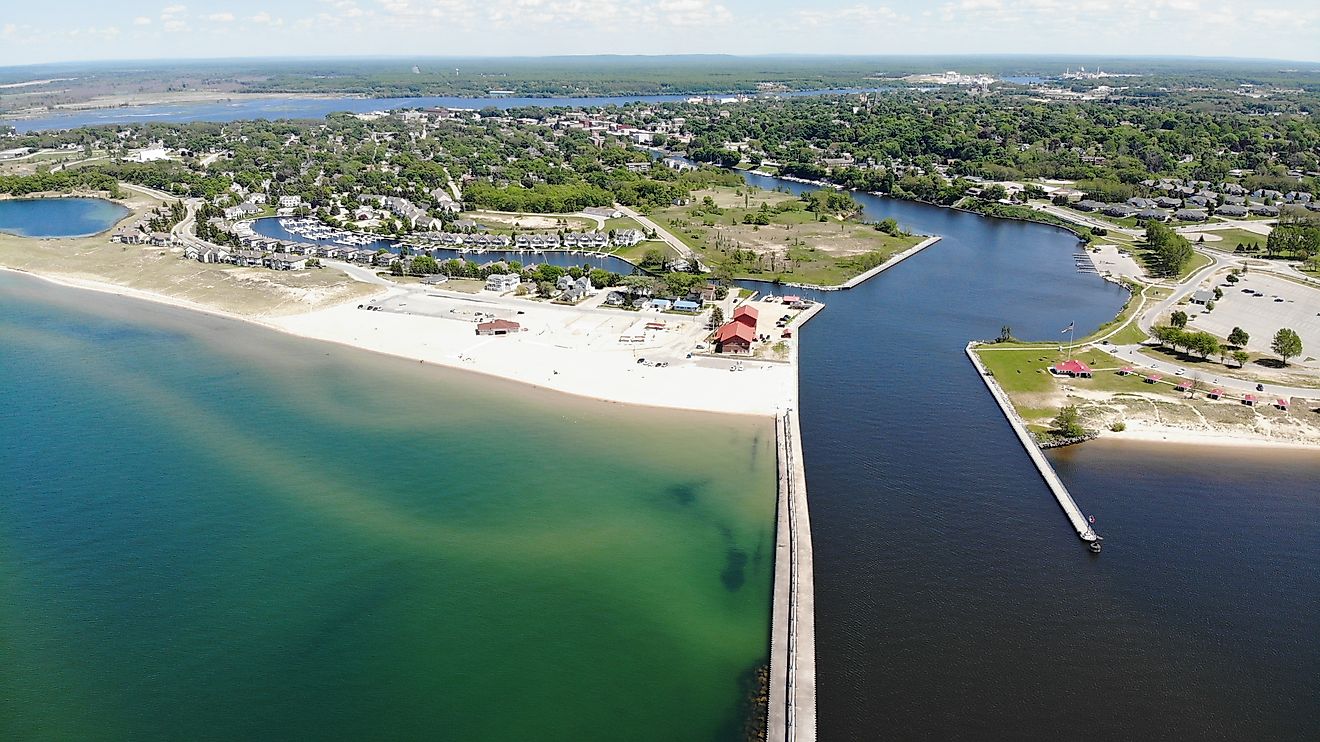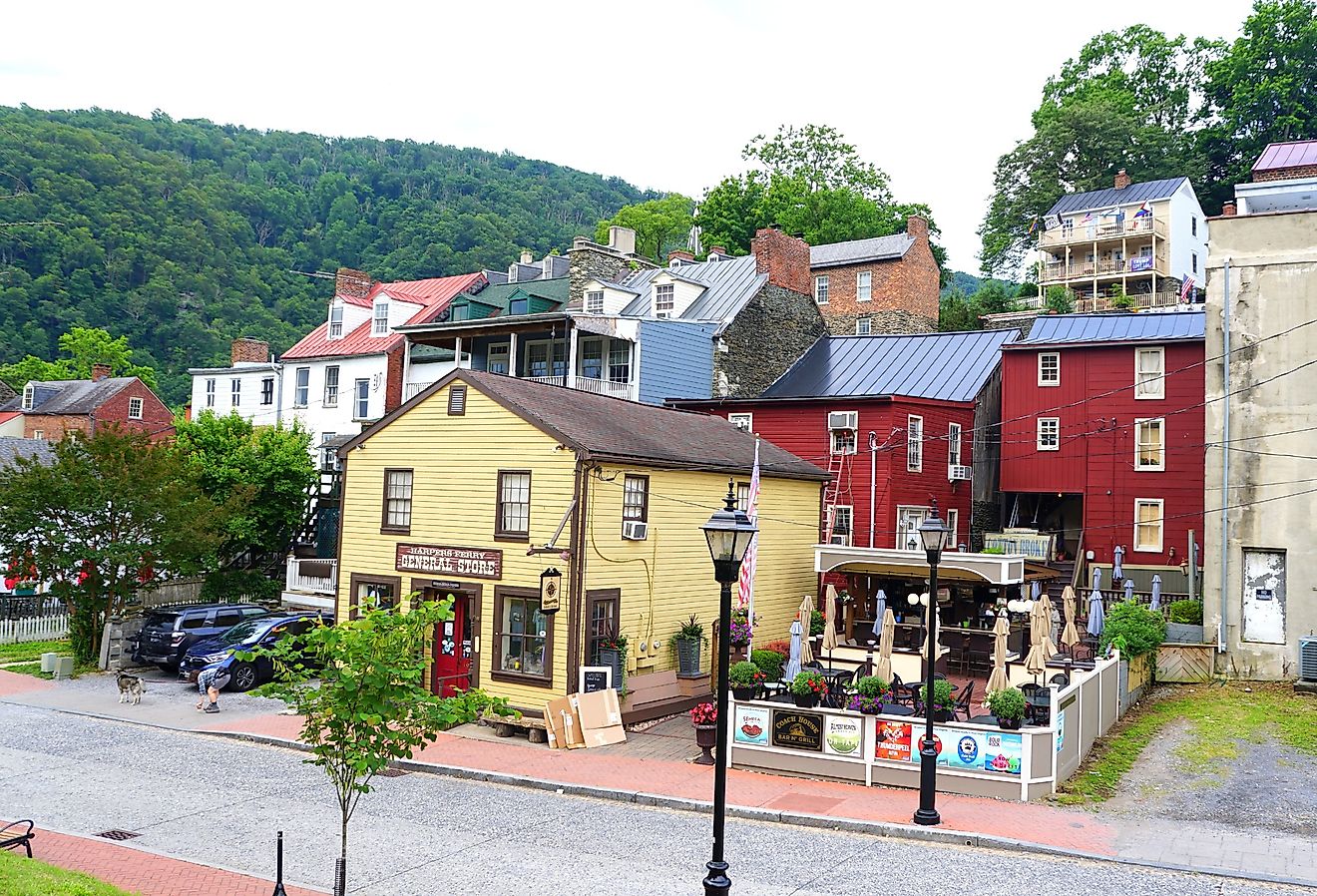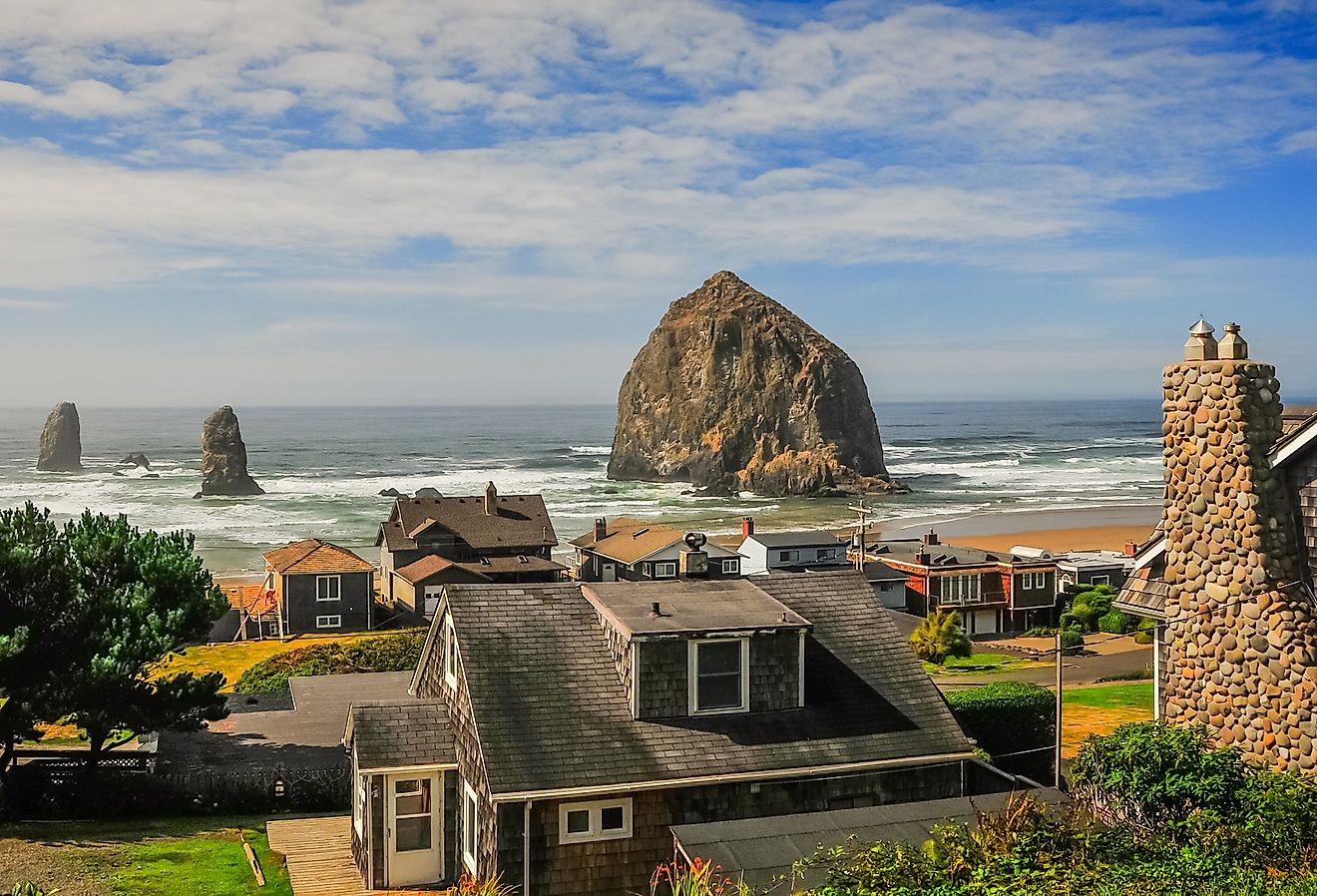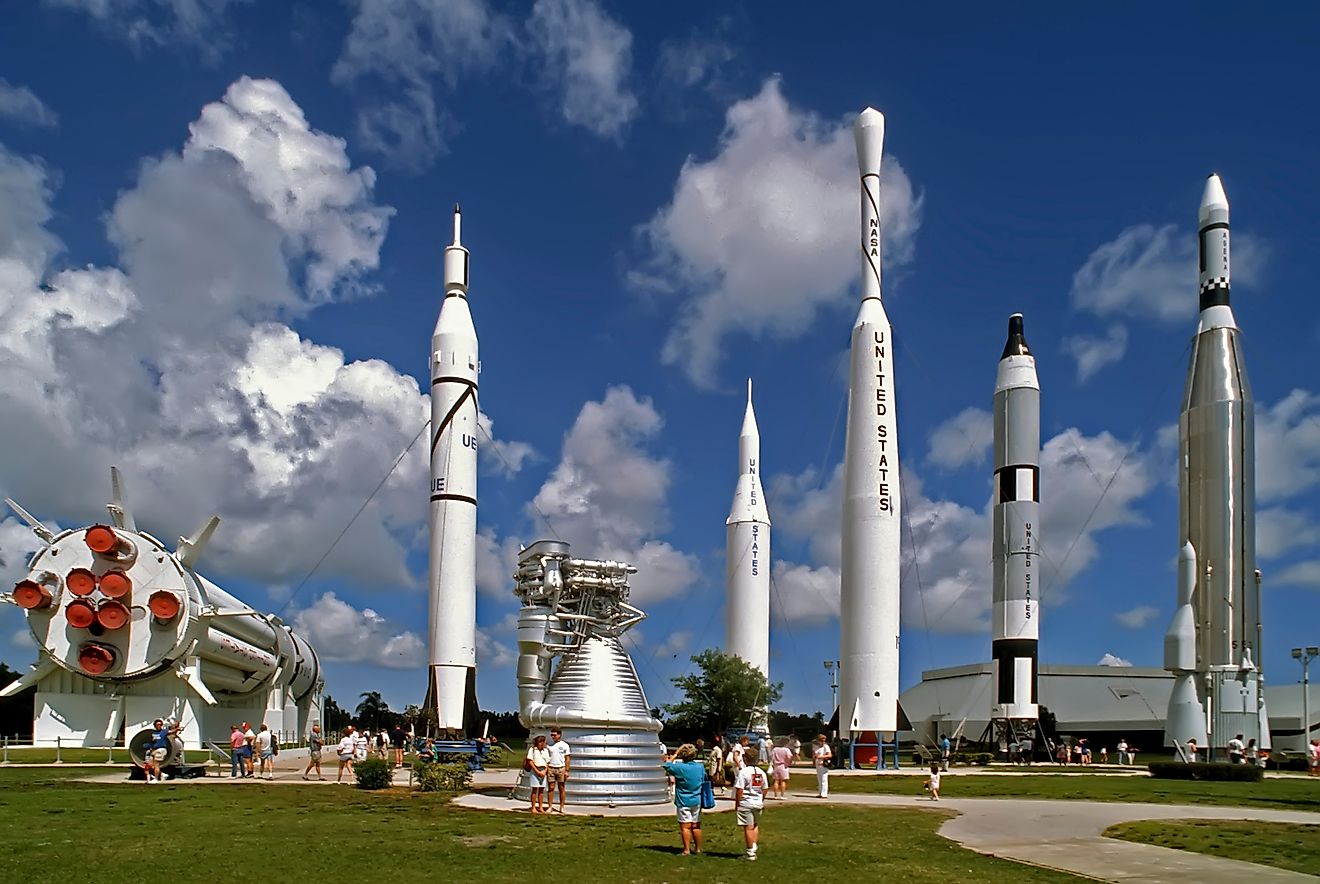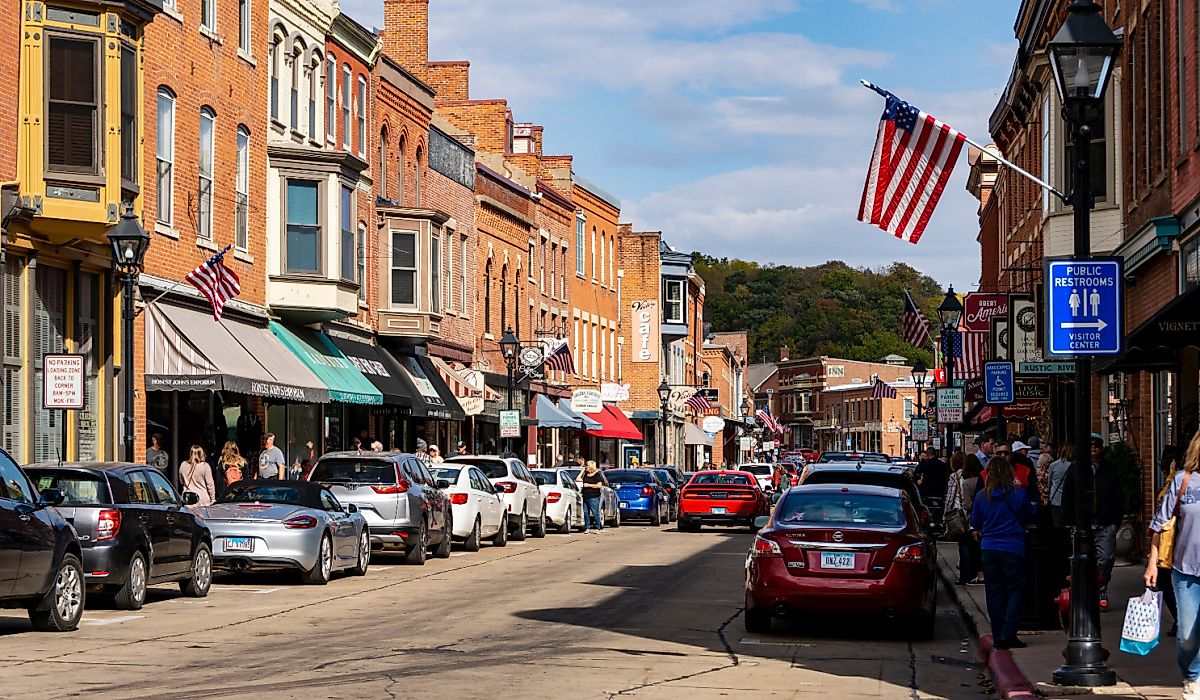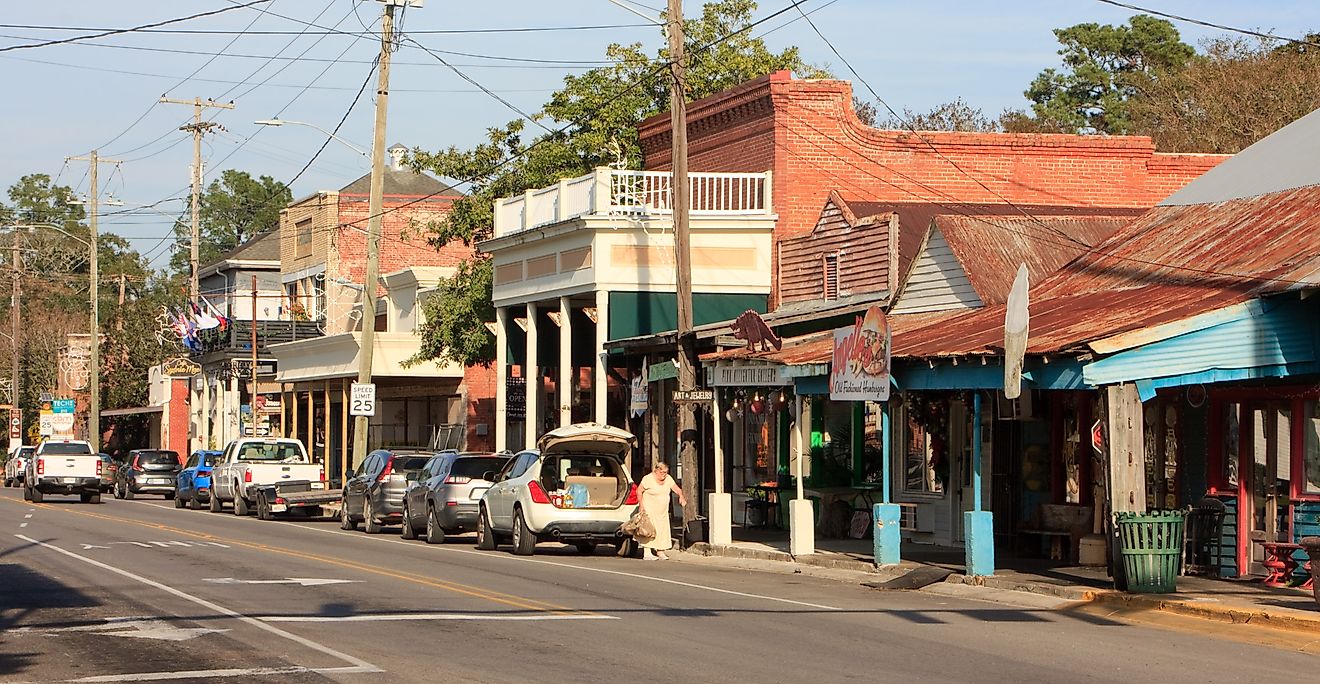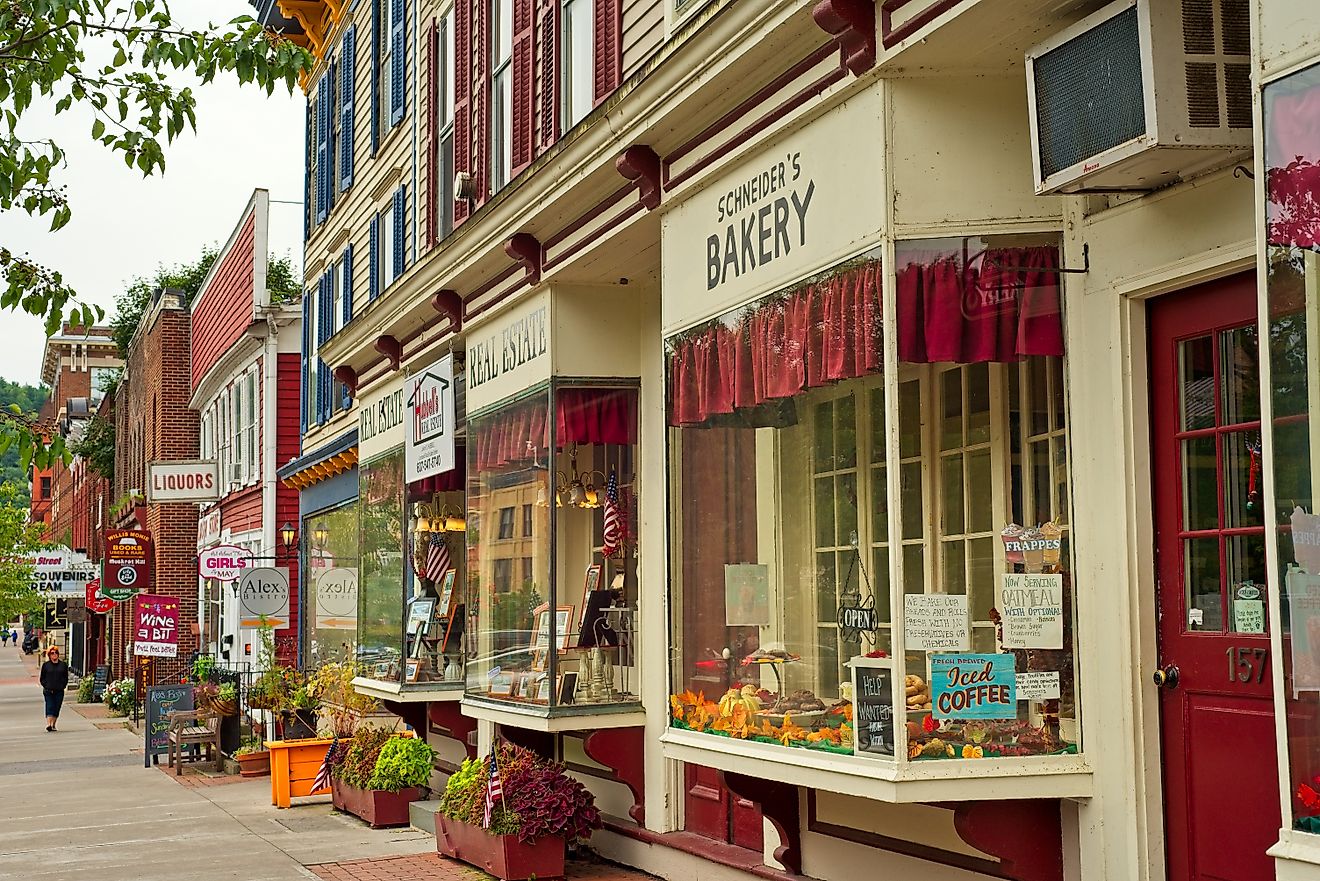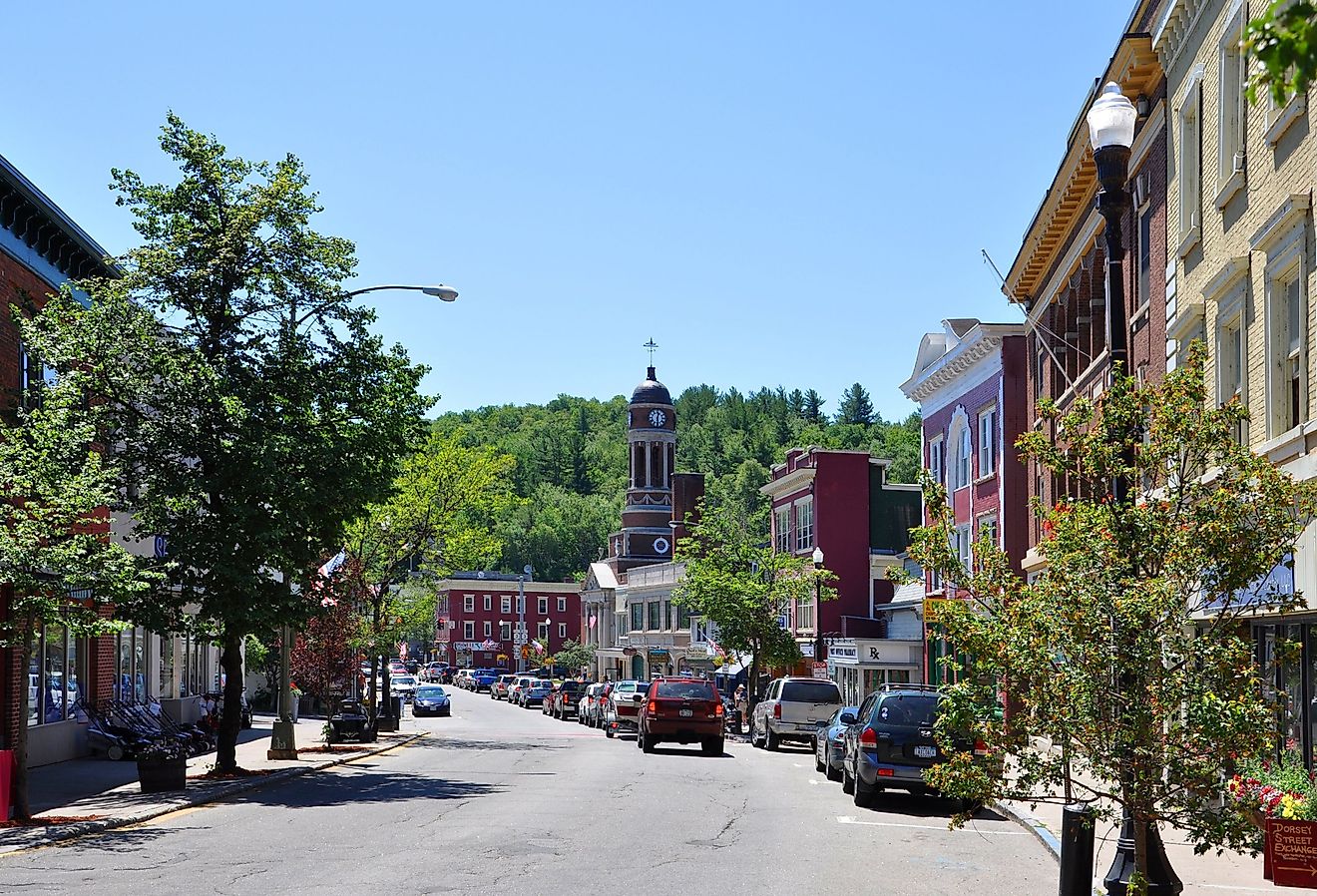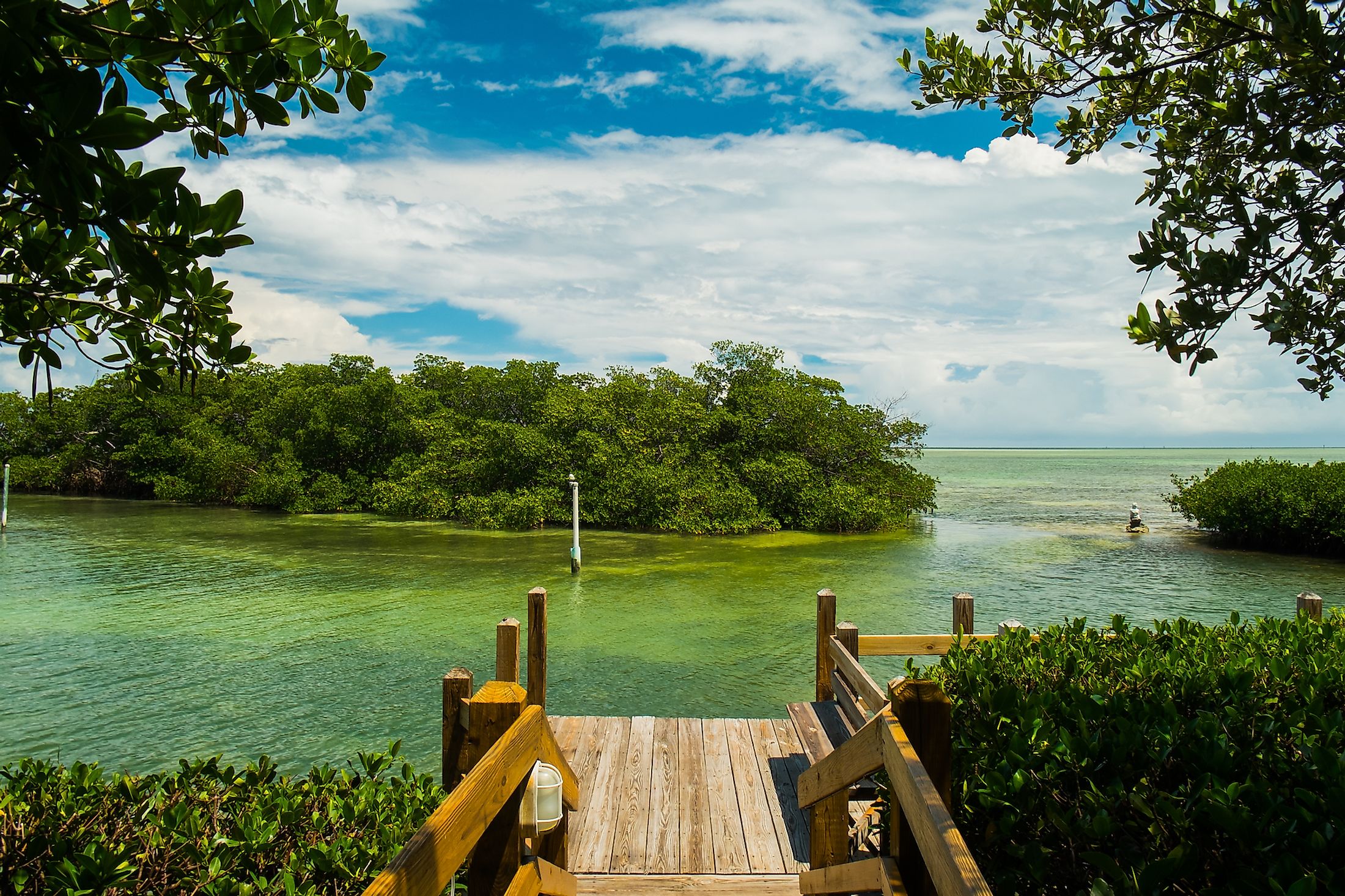
Cayo Costa State Park
Cayo Costa State Park is located on the island of Cayo Costa, just offshore of mainland Florida, United States. The island sits immediately south of Boca Grande and to the north of North Captiva Island, some 20 kilometers west of Cape Coral. Because it is an island, it is only possible to access the park via boat, ferry, or helicopter.
Brief History Of The Cayo Costa Island
Up until roughly the 1700s, the island of Cayo Costa was occupied by Calusa people. The Caulsa populated much of southern Florida and were some of the main indigenous people there. Shell mounds can be seen on the island which the former native residents built. In the 18th century, a shift occurred where Cuban fishers started frequenting the area. Dwellings known as ranchos were built, and various outposts for catching, cleaning, and preparing fish were established. Most fish were processed and sold at markets along the southwest coasts of the Florida peninsula. These ranchos existed and were used on the island for many years, through the time of British rule in 1763-83, the Spanish rule of 183-1821, and into the American era up until around 1840, during the time of the Second Seminole War. Ranchos had a resurgence after the war, around 1910 and continued for several decades.
Landscape And Vegetation Of Cayo Costa
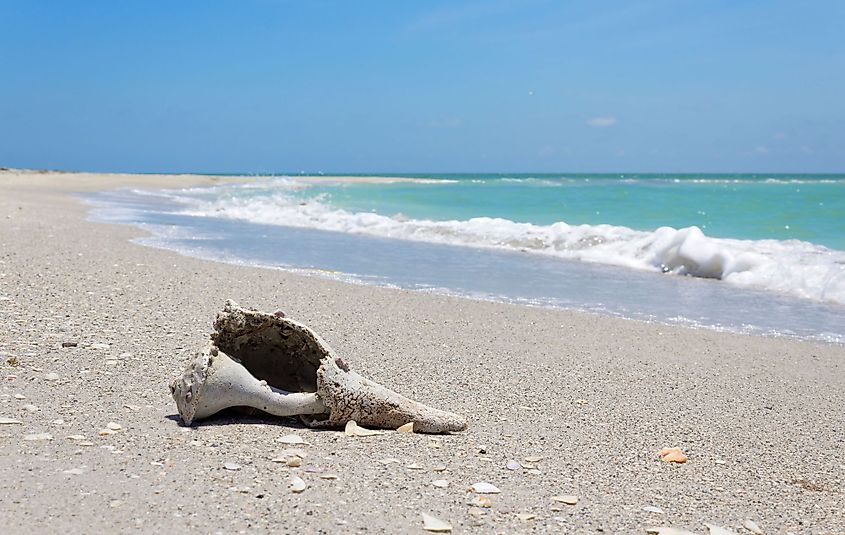
Cayo Costa is one of the barrier islands along the southwestern coast of the Florida Peninsula. This island chain creates Charlotte Harbor and Pine Island Sound. Cayo Costa State Park consists of 14 kilometers of white sand beach and 10 square kilometers of inland pine forest, oak-palm hammocks, and coastal mangrove swamps. Seagrapes grow across the island and are very common on Cayo Costa. Their salt-resistant nature makes them perfect for such island climates and locations. These plants bear grapes in the wetter summer season and can grow up to 15 meters tall. Like many other grape species, the fruits are green but ripen into a darker purple color. It is a native plant in both south Florida and the Caribbean more generally, and the fruits are often used for jams and wine. Other common plants in the park include an invasive houseplant species known as "mother-in-law's tongue," which has become so widespread that park rangers are attempting to remove it from the island, if possible, altogether. The resurrection fern, which grows out of/on other trees, has the name 'resurrection' as it turns brown and curls its leaves inward when it lacks enough water, but it can come back to life, in most cases, once it is rehydrated.
Animals In Cayo Costa State Park
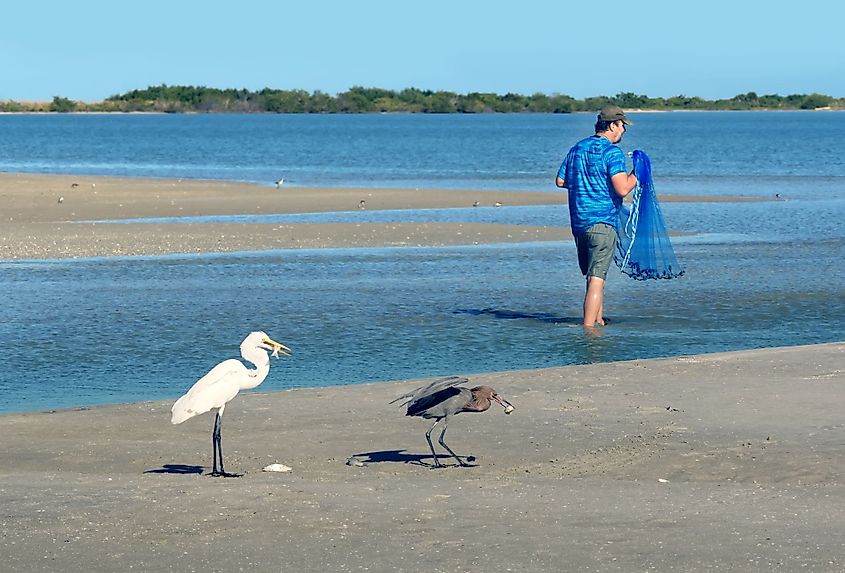
The Cayo Costa State Park is home to various animals, from mammals to birds, reptiles, and marine life. Sea turtles are some of the most sought-after for visitors in the area hoping to spot some of these rare species. Four different types of sea turtles live around the island, including hawksbill, green turtles, loggerhead, and Kemp's ridley turtles. The state park is a major nesting site for sea turtles in Florida, and there are many volunteers who partner with Florida State Parks to monitor and protect the nests and hatchlings during nesting season. Loggerhead turtles, and their nests, are the most common by far and are less endangered than the other species, though all four species nest on these sandy shores. Other marine life in the area includes manatees - specifically, the West Indian manatee. These are also endangered species, but their numbers are on the rise. Manatees are common in Florida, generally, and around Cayo Costa. They can be seen near the beach or along canals and shallower waters. Bottlenose dolphins can also be seen offshore, though they venture into much deeper waters. These playful creatures can be spotted jumping and playing near all of the island's beaches and are generally not shy of humans. Raccoons are another common species, and they, as well as foxes, are common looters of turtle nests. Major bird species include the majestic snowy egret, a heron-type bird that frequents beaches and is a crab or fish hunter, and the southern bald eagle, which tends to keep to the taller treed areas and also mainly eats fish.
Recreational Facilities
While the park's main attraction is simply its beauty and gorgeous beaches, as well as the wildlife that lives there, there are a number of recreational activities to participate in. Hiking, swimming, snorkeling, and kayaking are some of the most popular, but off-road biking, fishing and camping amenities are available too. Come for a day or rent one of the rustic campsite cabins and enjoy the beauty of this lesser-known Floridian gem.
